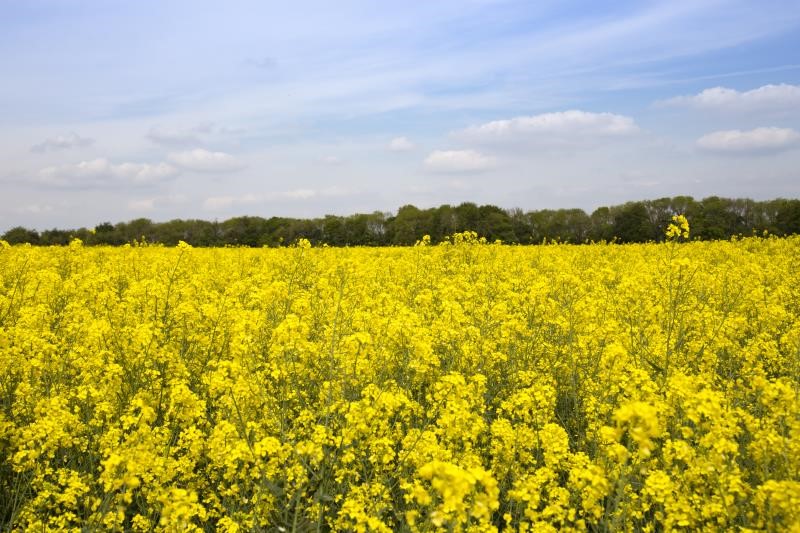Another week and another study about pesticides and bees is being taken out of context in the media.
This time, it was a study published in Pest Management Science about the impacts of the neonicotinoid seed treatment ban on oilseed rape production in Sweden. It was recently being touted on Twitter as an example of how yields and overall production have not been affected by the neonicotinoid ban.
NFU senior regulatory affairs adviser Dr Chris Hartfield provides further information:
The study assessed what happened to the oilseed rape crop in Sweden following the ban on use of neonicotinoid seed treatments. It found there was a marked shift from farmers growing spring oilseed rape to winter oilseed rape. The spring oilseed rape area in Sweden has decreased by 90%, while the winter oilseed rape growing area has increased by 40%.
Other factors coincided with the ban that we should take into account: longer growing seasons; favourable conditions for autumn planting; milder winters; and the introduction of more hardy winter oilseed rape varieties.
Overall findings
Total area
Overall, the total oilseed rape cropping area has remained more or less stable. It is notable though that in the northern growing area, the loss of spring oilseed rape has not been compensated for by an increase in winter oilseed rape. Also, farmers’ crop rotations have likely become more cereal-dominated and less diverse as a result.
Yields
The ban has had no clear effects on yield per hectare of either winter or spring oilseed rape in Sweden. However, because higher-yielding winter oilseed rape has replaced lower-yielding spring oilseed rape, total oilseed rape production has increased in Sweden over the last decade.
Pest pressure
Following the ban, there are trends for increased pest and disease pressure from cabbage stem flea beetle (CSFB) and turnip yellows virus in winter oilseed rape.
The study suggests the harsher winter climate in Sweden limits CSFB reproduction and overwintering success, making pest pressure more manageable.
Pyrethroids also remain a viable option to control CSFB in Sweden. While there are signs of pyrethroid resistance, it is not widespread.
Misleading social media coverage
The study actually does a good job in providing perspective and context around its findings. This is exactly what the social media coverage failed to do. Instead, it cherry-picked what it reported.
The study recognises that the situation in the UK (and Germany) is very different to Sweden, with the winter oilseed rape cropping area having decreased following the ban. This is attributed to increased insect pest pressure, particularly from CSFB.
In England and Wales the total area of oilseed rape has decreased by nearly 50% since the ban on neonicotinoid seed treatments, and it is predicted to decrease by a further 17% next season.
The NFU view
This is a useful study that reports the impacts of the neonicotinoid ban on seed treatments in a balanced way. The researchers recognise the need to find alternative ways to control pests and diseases in IPM strategies, but also recognise that pesticides have a role to play.
Indeed, the same researcher co-authored a 2019 study showing that not all neonicotinoid insecticides have negative effects on bees. It also showed that use of certain neonicotinoids with a low risk of direct impact on bumblebees could benefit bee colonies and pollination, while protecting the mass flowering crops the bees feed on.
How we responded to the social media coverage
Responding to the misleading media activity around this study, we explained that the study’s findings were being overlooked. We asked that when posts are being made for a largely UK audience, those posting comments take account of, and make clear, the UK context.
